We have experience hosting a range of audiences, from college classes to birthday parties to company outings, and we customize our tours to meet your group’s interests and needs.
Book a private tour today
The Waterfront Museum presents the final session of The Tideshift Project, featuring stories of waterfront workers from the pre-containerization era and people working in today’s final mile shipping industry. Tideshift is …
Read more
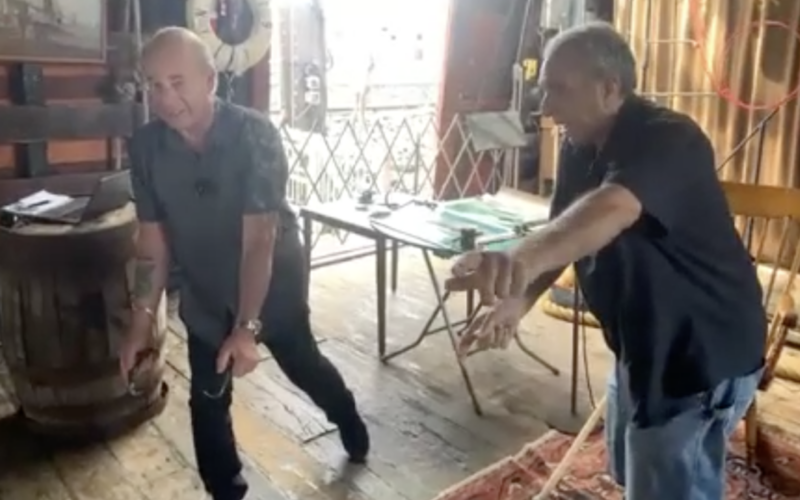
The Waterfront Museum presents the Barge Family Reunion Celebration, stories and images from people who have lived and worked aboard barges and their families. This is the second part of The …
Read more
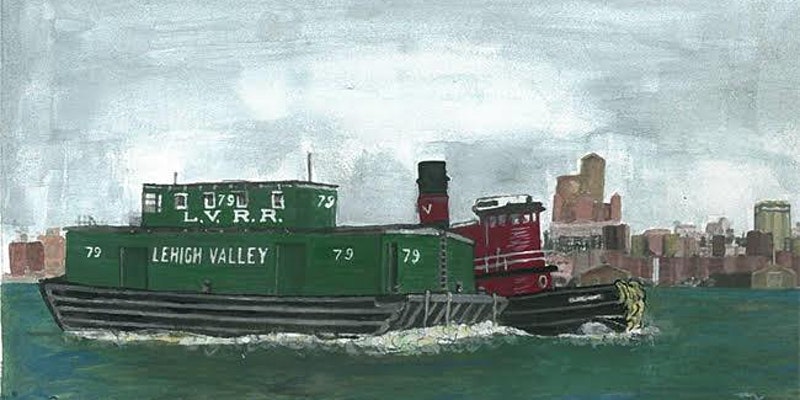
Waterfront workers were at the vanguard of the labor movement; the word “strike” has its origins in work stoppages on the London docks in 1768, when sailors “struck” the sails …
Read more
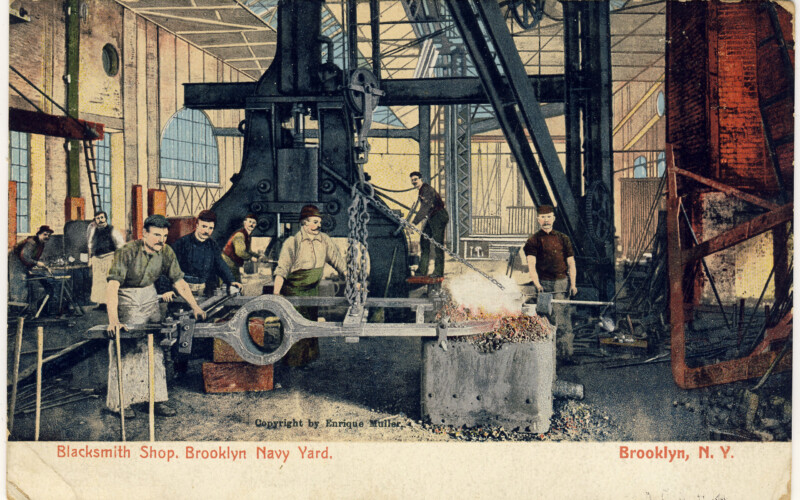
The history and legacy of the Second World War can be seen all around us in Brooklyn. Once home to hundreds of factories, shipyards, and warehouses, and responsible for sending …
Read more
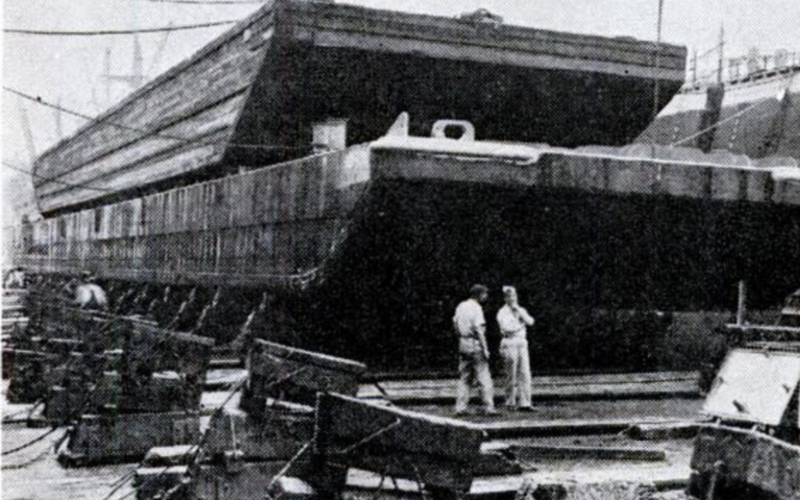
To celebrate the Brooklyn Navy Yard’s 221st birthday, which takes place during Black History Month, we’re looking at the past and present of Black trailblazers and innovators at the Yard. …
Read more
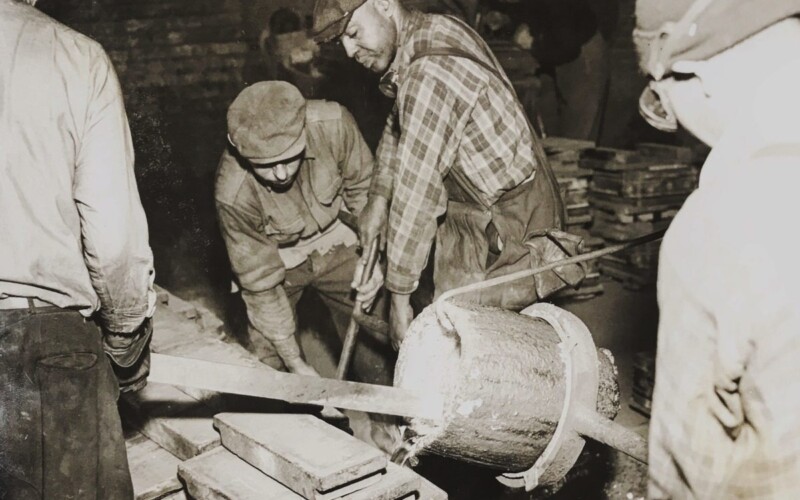
Celebrate Valentine’s Day as we share some of our favorite love stories from history from the places that we work. We will share long-distance love letters from World War II, …
Read more
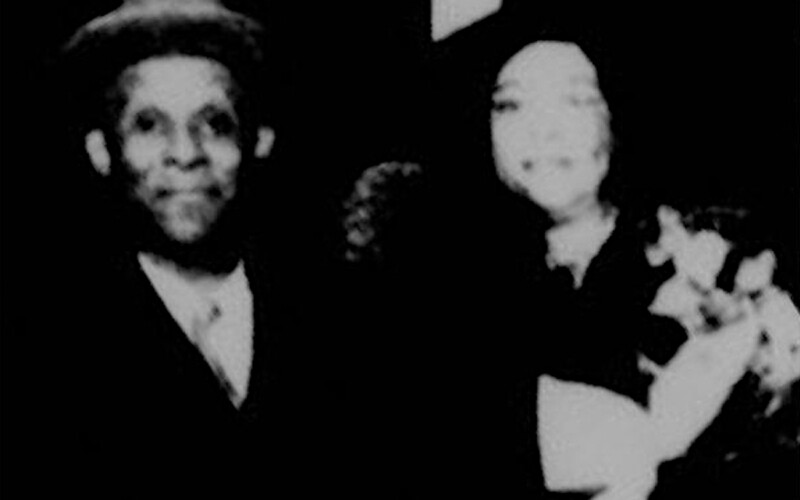
Celebrate Navy Day with a discussion of one of the least-known units of World War II, the Navy Armed Guard. Serving in the U-boat-infested waters of the Atlantic, these sailors …
Read more
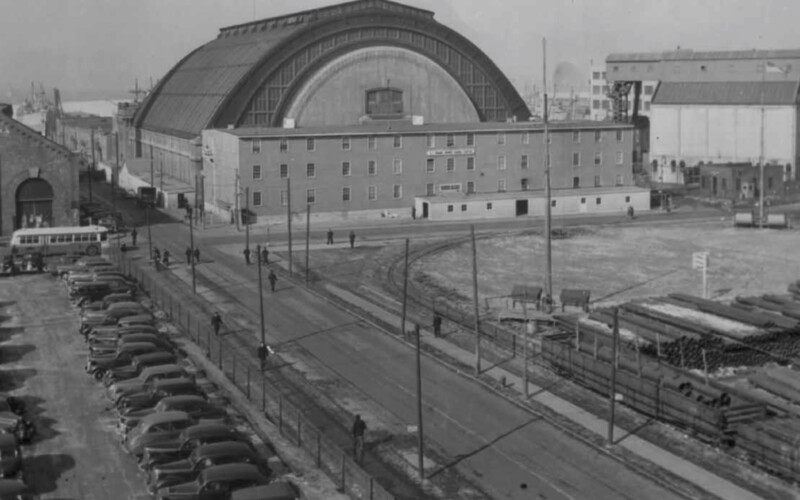
The Waterfront Museum presents The Tideshift Project, an oral history collecting event presented live aboard the 1914 Lehigh Valley Railroad No. 79 wooden lighterage barge moored in Red Hook, Brooklyn. This three-part …
Read more
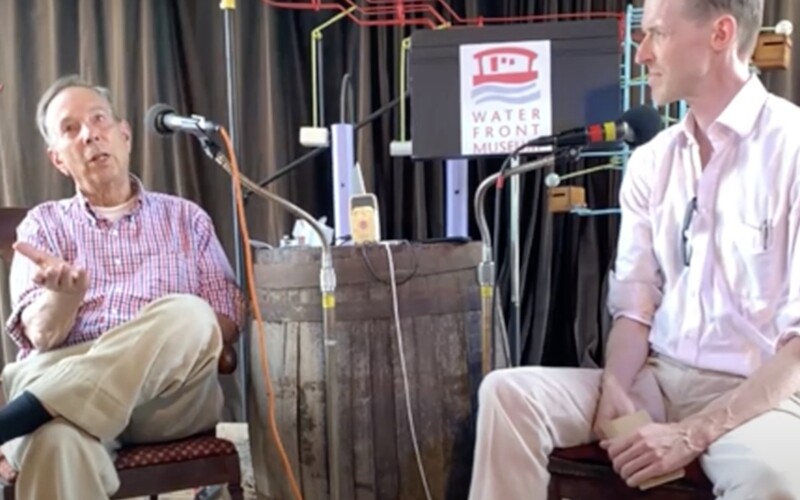
New York City’s working waterfront has been widely associated with crime and corruption at least since On The Waterfront hit movie screens in 1954, but the story goes back further. Nathan …
Read more
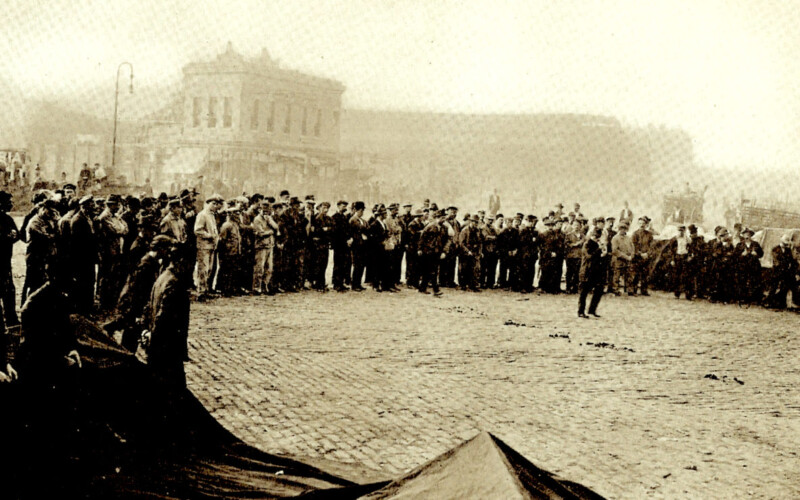
For almost a century, New Jersey’s Morris Canal fueled New York City with anthracite coal from northeast Pennsylvania, but now for nearly another century, the abandoned canal has been all …
Read more
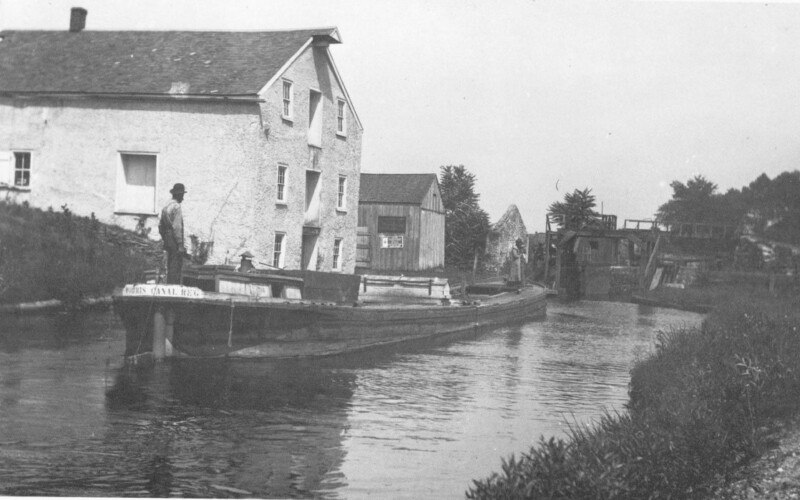
On the eve of Veterans Day, join us as we explore Brooklyn’s homefront during World War II through the experiences of those who worked at the Brooklyn Navy Yard. Center …
Read more

To commemorate the 75th anniversary of the end of World War II, we are listening to the voices of men and women who lived through the war in Brooklyn. We …
Read more
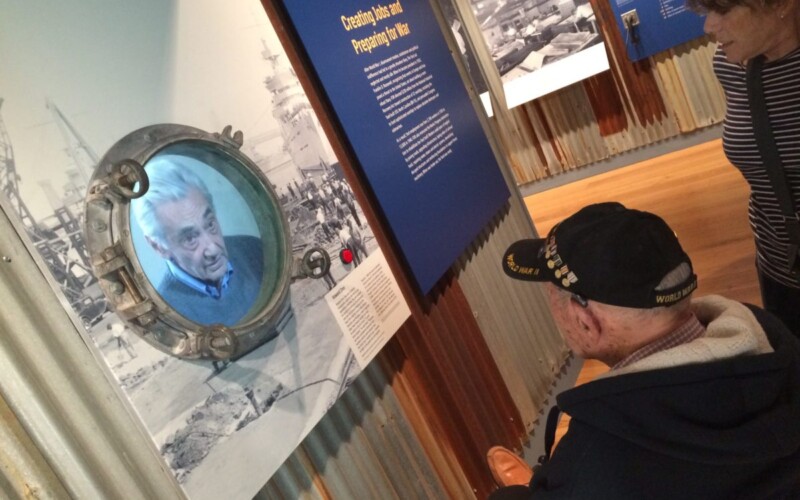
Take a virtual tour of the Brooklyn Navy Yard in World War II with Jennifer Egan, author of the award-winning novel Manhattan Beach, and our own resident historian, Andrew Gustafson. …
Read more
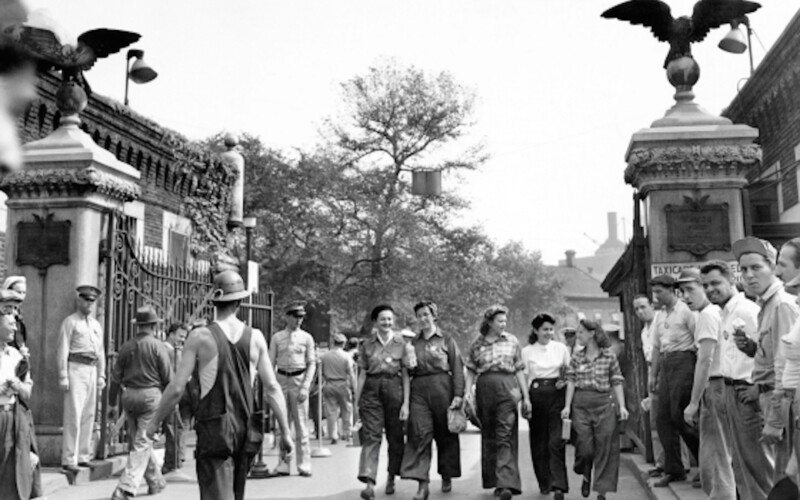
Take a deep dive into the history of New York City’s public markets, which have their origins in a vast food distribution system set up by Mayor Fiorello LaGuardia in …
Read more
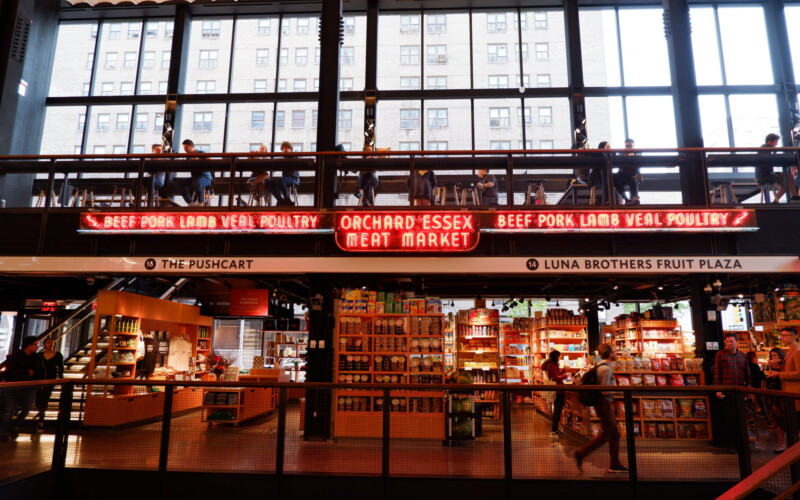
They say a Navy ship has three birthdays: its keel-laying, its launching, and its commissioning. The World War II-era battleship USS Missouri has one more, its recommission in 1986 as part …
Read more
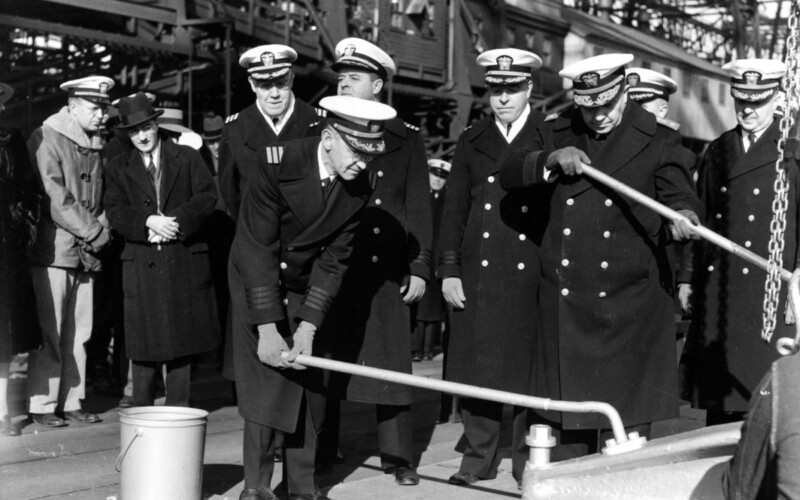
Today marks the 57th anniversary of perhaps the darkest day in the history of the Brooklyn Navy Yard. To commemorate the fire on board the USS Constellation, we are going …
Read more
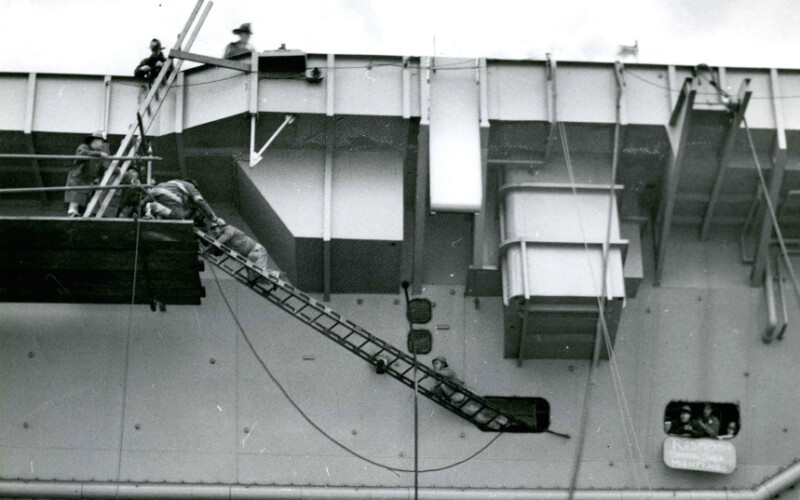
This summer marks the 70th anniversary of the tragic events of Port Chicago, California, the worst home front disaster of World War II. 320 people were killed, most of them US Navy sailors, …
Read more
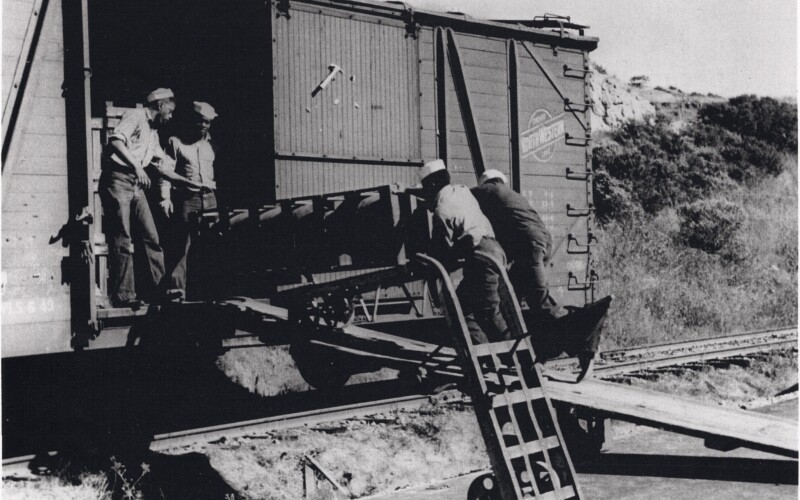
Update, February 20, 2024: Sadly, we lost Salty earlier this year, but she will forever live on in our hearts. Last month, we at Turnstile Tours had the pleasure of …
Read more
